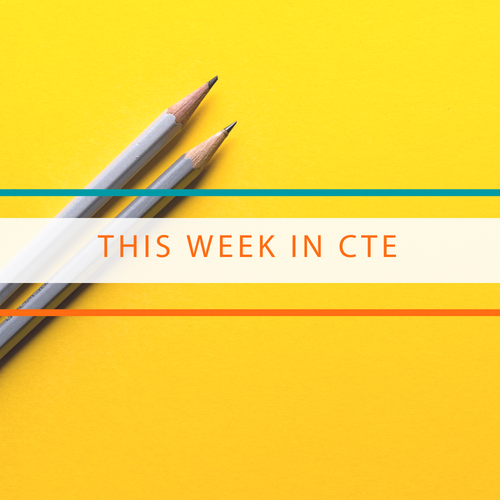 Developed with input from nearly 200 national, state and local education and workforce development leaders and supported by 40 national organizations, Without Limits: A Shared Vision for the Future of Career Technical Education lays out five inter-connected and equally critical principles.
Developed with input from nearly 200 national, state and local education and workforce development leaders and supported by 40 national organizations, Without Limits: A Shared Vision for the Future of Career Technical Education lays out five inter-connected and equally critical principles.
Only through shared commitment and shared ownership among leaders and practitioners at all levels can we realize the possibility and aspiration of a new career preparation ecosystem that provides each learner with limitless opportunity. The This Week in CTE blog series will highlight state and local examples where CTE Without Limits has been made actionable. If you would like to share how your CTE program creates limitless opportunities for each learner in this blog series, please email Brittany Cannady, bcannady@careertech.org.
This Week in CTE: May 10 – 14, 2021
Each learner engages in a cohesive, flexible, and responsive career preparation ecosystem
This week we extend congratulations to the 57th class of U.S. Presidential Scholars! Of the 161 high school seniors selected, 20 outstanding learners from CTE programs have been awarded this honor for their accomplishments. The 2021 class of U.S. Presidential Scholars in CTE represent the following states: Arizona, Delaware, Florida, Iowa, Maryland, Massachusetts, Michigan, Missouri, Pennsylvania, Puerto Rico, Texas, Utah, Washington, West Virginia and Wisconsin.
A full press release can be found here.
Each learner feels welcome in, is supported by, and has the means to succeed in the career preparation ecosystem
This week career tech centers in Ohio received a visit from Lieutenant Governor Jon Husted, who serves as the Director of the Governor’s Office of Workforce Transformation. During the site visits, learners shared reasons for participating in career pathways and early postsecondary opportunities (EPSOs).
Reflecting on his visits Lt. Gov. Husted stated, “We have to have more students who are taking their career seriously at an earlier age, gaining some real world experience, preparing for work, earning college credits without having to run a bunch of debt, and make the education affordable and effective.”
Read more from learners and about the career tech site visits in this article published by Dayton Daily News.
Each learner skillfully navigates their own career journey
“Some students are already working in the field part time…students who are skilled in masonry will always be able to find work because of demand.”- Holly Pore, District Career Technical Education Director, Rowan-Salisbury Schools.
North Carolina CTE students competed this past week at Skills Rowan, a skills-based competition where Rowan-Salisbury schools showcase their industry skills. Despite the challenges due to the pandemic in hosting a competition that mimics years past, students were still able to feel value from competing and receiving the opportunity to be the true navigator of their career journey.
Read more in this article published by the Salisbury Post.
Each learner’s skills are counted, valued, and portable
Advance CTE’s newly released communications research indicates that learners who participate in CTE are more prepared for and more likely to plan to complete college. When states build more cohesive systems where early EPSOs such as dual enrollment are fully counted, valued and portable, learners have more equitable paths to college and career success.
Intentional Acts of Dual Enrollment: State Strategies for Scaling Early Postsecondary Opportunities in Career Pathways provides the following four key strategies to achieve this goal and highlights effective programs in Ohio, Tennessee and Utah:
- Advancing buy-in and systems alignment through institutional partnerships;
- Building robust and streamlined state policy that builds EPSOs into career pathways;
- Funding EPSOs on the margins through state incentives to remove financial barriers for learners; and
- Prioritizing equity and removing burdensome admissions and administrative barriers to participation.
View this brief and other New Skills ready network resources here.
Each learner can access CTE without borders
Learners with a career interest in agriculture can register to attend a free virtual internship experience with industry professionals. Do you need career experiences for students despite the pandemic? Attendees will learn:
- How to pursue jobs in agriculture and more;
- How to sustainably source and deliver a variety of meat and seafood to peoples’ homes; and
- How to add seaweed to cattle’s diet to reduce methane emissions.
Educators should attend with learners to explore agricultural jobs and practice asking questions live!
Date: Thursday, May 20
Time: 12:30 pm ET/9:30 am PT.
Register here.
Brittany Cannady, Senior Associate Digital Media
 My name is Steve McFarland and I am the new Director of Communications and Membership for Advance CTE. In this role, I lead the organization’s internal and external membership engagement, professional learning and strategic communications. I direct technical assistance, resource development and related supports to Advance CTE members and partners to advance the organization’s strategic priorities and mission, build in-state capacity for Career Technical Education (CTE) leadership, and raise the visibility of and support for high-quality and equitable CTE throughout the country.
My name is Steve McFarland and I am the new Director of Communications and Membership for Advance CTE. In this role, I lead the organization’s internal and external membership engagement, professional learning and strategic communications. I direct technical assistance, resource development and related supports to Advance CTE members and partners to advance the organization’s strategic priorities and mission, build in-state capacity for Career Technical Education (CTE) leadership, and raise the visibility of and support for high-quality and equitable CTE throughout the country.

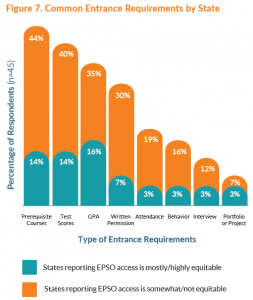 3.Identify and remove barriers to access, including restrictive costs or entrance requirements, and target specific learner populations for recruitment.
3.Identify and remove barriers to access, including restrictive costs or entrance requirements, and target specific learner populations for recruitment. 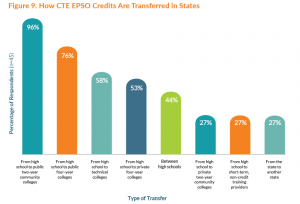 5.Expand statewide and inter-state articulation agreements to account for all types of CTE EPSOs. Statewide agreements can help guarantee recognition of CTE EPSO credit and facilitate automatic transfer between a secondary institution and a corresponding postsecondary institution of the learner’s choice. Ensuring that the transfer of credit is as frictionless as possible is vital to supporting learners as they transition into postsecondary education and continue in a degree program. As states work to ensure that each learner’s EPSO experiences consistently are counted toward articulated credit, they should also ensure that this credit contributes to core credits in a CTE program of study and not just elective credit. States can develop additional guidelines and legislation that ensures the connection between an EPSO and a program of study. Ohio has Career-Technical Assurance Guides (CTAGs) that provide automatically articulated and transferable credit upon completion of CTE coursework.
5.Expand statewide and inter-state articulation agreements to account for all types of CTE EPSOs. Statewide agreements can help guarantee recognition of CTE EPSO credit and facilitate automatic transfer between a secondary institution and a corresponding postsecondary institution of the learner’s choice. Ensuring that the transfer of credit is as frictionless as possible is vital to supporting learners as they transition into postsecondary education and continue in a degree program. As states work to ensure that each learner’s EPSO experiences consistently are counted toward articulated credit, they should also ensure that this credit contributes to core credits in a CTE program of study and not just elective credit. States can develop additional guidelines and legislation that ensures the connection between an EPSO and a program of study. Ohio has Career-Technical Assurance Guides (CTAGs) that provide automatically articulated and transferable credit upon completion of CTE coursework.
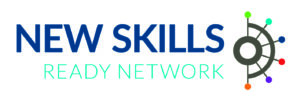 Today, Advance CTE and Education Strategy Group (ESG) released an
Today, Advance CTE and Education Strategy Group (ESG) released an 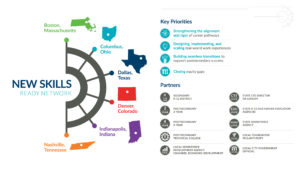

 A high-quality career readiness data ecosystem should not only collect, analyze and report data but also use the information to promote quality and equity. State leaders should integrate career readiness data into policymaking and decision-making processes to further a statewide career preparation system that is high quality and equitable.
A high-quality career readiness data ecosystem should not only collect, analyze and report data but also use the information to promote quality and equity. State leaders should integrate career readiness data into policymaking and decision-making processes to further a statewide career preparation system that is high quality and equitable.  Developed with input from nearly 200 national, state and local education and workforce development leaders and supported by 40 national organizations,
Developed with input from nearly 200 national, state and local education and workforce development leaders and supported by 40 national organizations,  Two hallmarks of a high-quality career pathway are seamless transitions across secondary and postsecondary education and offering learners the opportunity and means to participate in early postsecondary opportunities (EPSOs) – which include dual enrollment, dual credit, concurrent enrollment and other related opportunities. It is critical that these opportunities seamlessly result in articulated postsecondary credit for learners in a degree program that will help them progress on their chosen career pathway with no hidden barriers.
Two hallmarks of a high-quality career pathway are seamless transitions across secondary and postsecondary education and offering learners the opportunity and means to participate in early postsecondary opportunities (EPSOs) – which include dual enrollment, dual credit, concurrent enrollment and other related opportunities. It is critical that these opportunities seamlessly result in articulated postsecondary credit for learners in a degree program that will help them progress on their chosen career pathway with no hidden barriers.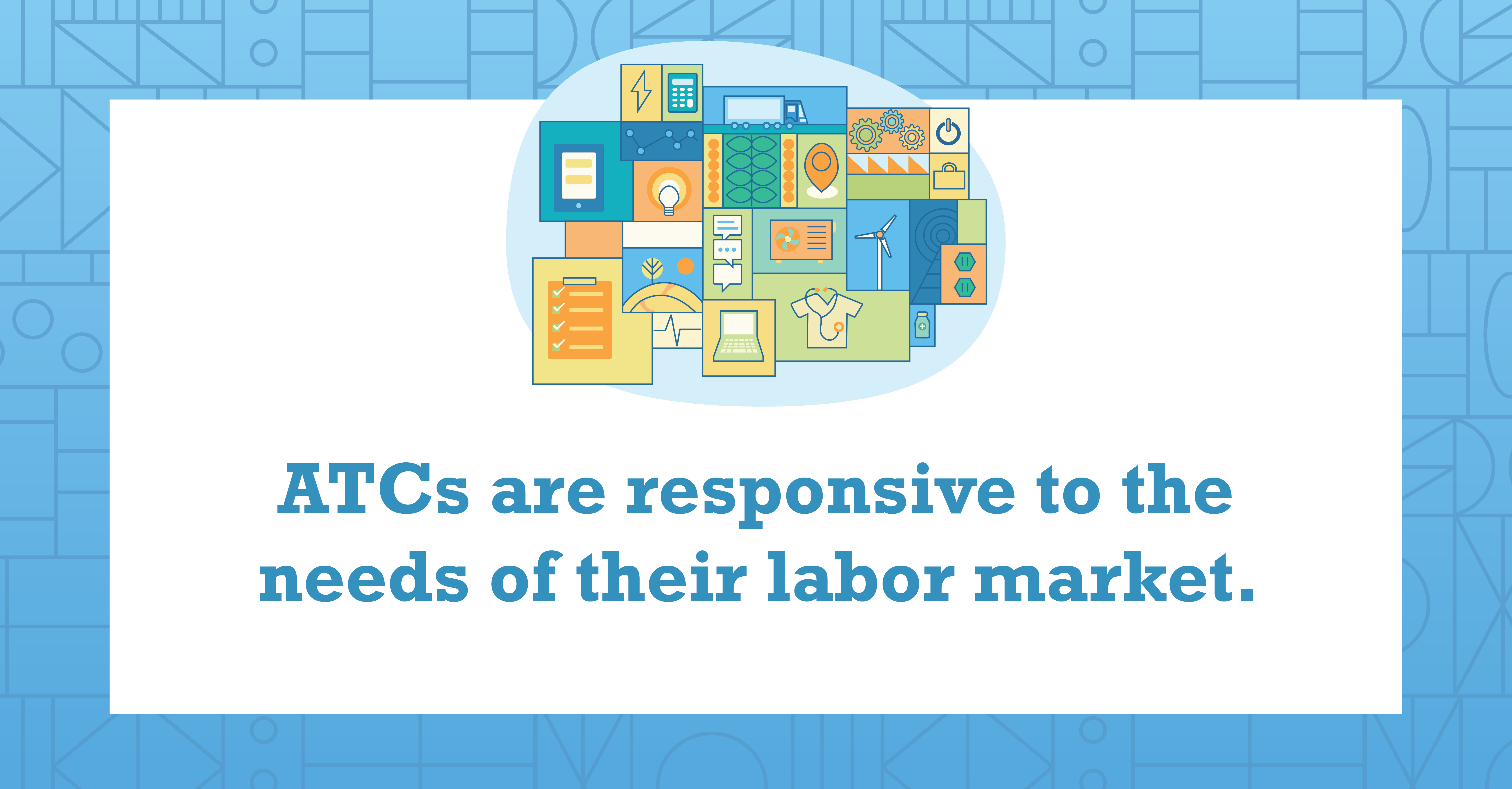 The transformative workforce changes resulting from the COVID-19 (coronavirus) pandemic have made it more urgent than ever for states to have a comprehensive strategy for reskilling and upskilling that unites stakeholders across education, workforce development and economic development. Advance CTE has been
The transformative workforce changes resulting from the COVID-19 (coronavirus) pandemic have made it more urgent than ever for states to have a comprehensive strategy for reskilling and upskilling that unites stakeholders across education, workforce development and economic development. Advance CTE has been